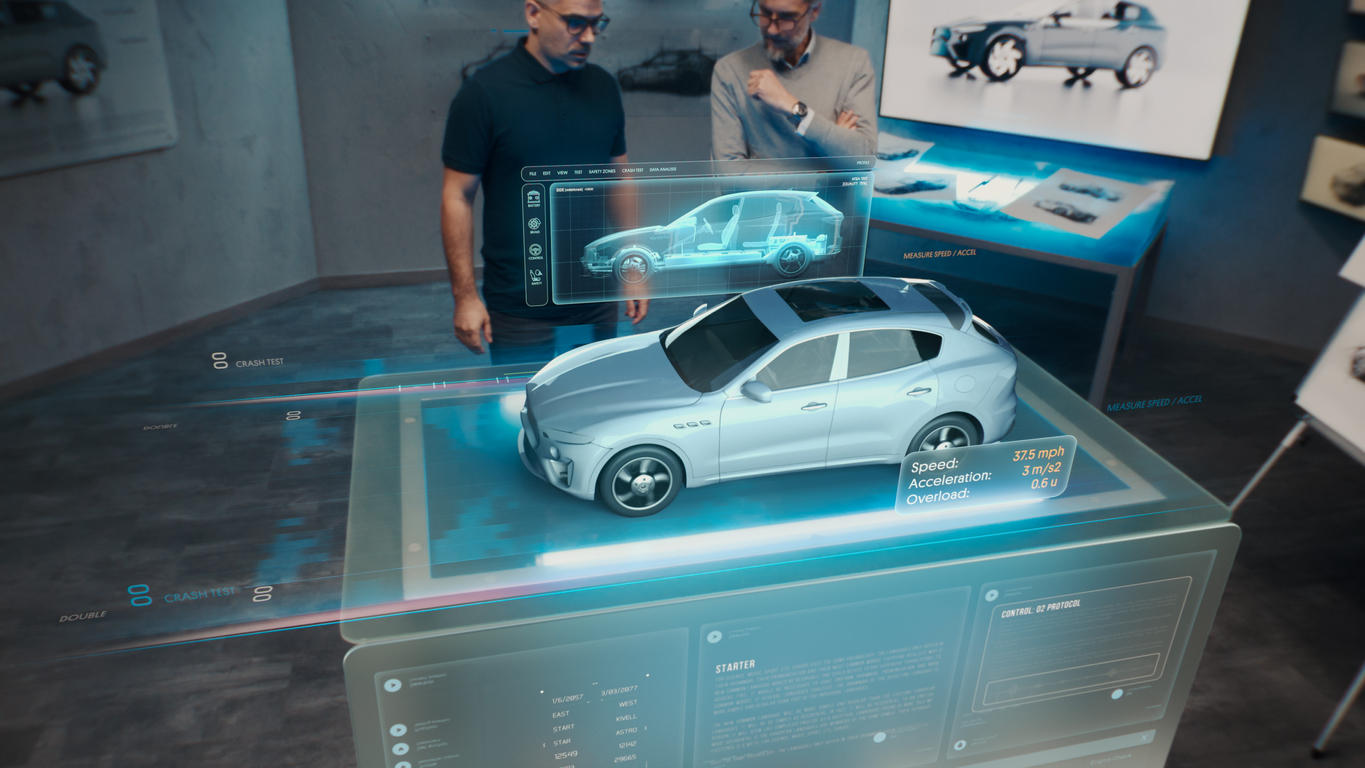If artificial intelligence (AI) is already capable of optimizing drugs and cancer treatments and even, it is said, writing this post, why can’t it come up with amazing designs? Or be at the forefront of creativity in sectors such as consumer electronics and automotive? It’s impossible to know how much this technology will evolve in the future but, as of today, the answer to both questions is no.
AI is computer software that draws on an infinite amount of data of all kinds, from photographs and videos to chemical formulas, to provide us with the logical result that best fits what we ask of it. And here is the nuance: AI provides logical results, not emotional ones, and always based on existing data, at least so far.
Real materials and haptic qualities
Would artificial Intelligence have been able to design decorative automotive parts based on real materials such as stone, aluminum or wood, or to create haptic qualities to provide perceptions through touch? The answer also seems obvious for one reason: a computer system lacks the qualities and skills that a human being possesses when it comes to applying sensory, personal criteria and, therefore, without a determined logic.
Channeling emotions and passion
A machine cannot bring passion, nor can it channel emotions, nor can it interpret tactile sensations or visual, olfactory and auditory comfort. These properties, which are a mainstay of design and creativity in human beings, are what characterize the work of companies such as Walter Pack. Its Color&Trim department is responsible for analyzing market trends to define an aesthetic that meets the requirements of its customers, and works every day to create its own exclusive designs with one goal: to create a unique emotional experience for users of vehicles and all current and future consumer electronics.
Drawing future trends
The work of the Color&Trim department consists of analyzing the needs of its customers in order to meet them with an additional component that adds value: it is based on current trends and demands in order to create the designs of the future and come up with new shades, shapes, colors, finishes and functionalities.
This does not mean that artificial intelligence is not a valuable tool for the work of a core technology company like Walter Pack. This technology can help speed up the mechanical work of the Color&Trim and R&D departments when, for example, analyzing market trends in the use of certain materials or colors, or providing a quantitative result on the perceptions that have been collected in different market surveys.
Experiencing sensations
What it will never be able to do is to put itself in the place of a parent who has to take their children to school every day before going to work, or to experience the sensations of a person who conceives their vehicle as an element of leisure, beyond a mere means of transportation.
AI is useful for speeding up data analysis to reinforce a particular bet, but it will never be able to extract the nuances that a person feels when they sit behind the wheel of a car, rev it and shift gears; or the sensory experience they perceive when their hand feels the coldness of aluminum or the warmth of the wood of the gearshift knob. The design of a car, like that of any electronic device, encompasses the aesthetic, functional and sensory aspects. And this is precisely what makes the difference when designing a user experience.
All these elements make AI a powerful ally for companies like Walter Pack when it comes to supporting its customers in the design, development and manufacture of high value-added plastic components. This collaboration can help you design exclusive decorative parts for the automotive sector and unique functional elements for consumer electronics.




